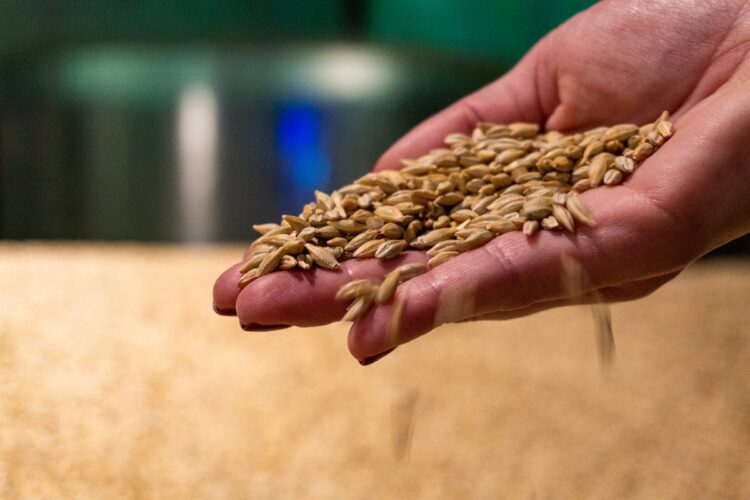Grain Problem
A seven-year low in wheat inventories in government godowns has raised worries about food security across the country. Despite being over the necessary buffer level, the present stockpile of 163.5 lakh tons indicates a problematic scenario. The goal of the government’s actions, which include stockholding limits and export prohibitions, is to address the skyrocketing cost of cereals—a problem that was made worse by 15 months of double-digit inflation that occurred between September 2022 and November 2023. The timing of these actions entails the complexities of nature and policy, especially in light of the wheat crop’s impending harvest in March. The government is taking a proactive approach by forbidding the export of wheat and non-basmati white rice and by limiting stock ownership. The amount of the crop will ultimately determine success, even if these initiatives may provide short-term respite, particularly as the country gets ready for the Lok Sabha elections. 336.96 lakh hectares of wheat have been seeded by farmers this season, a small rise over previous year and much more than the five-year average.

According to specialists at the Indian Agricultural Research Institute, the initial worries over winter weather and crop health seem to be waning. There are positive reports about the weather and the crops seeded after mid-November, and the crop sown from late October to the first week of November is doing well. In addition to handling the current situation, the difficulty is making sure that agricultural techniques are sustainable. Given that climate change is affecting weather patterns and creating uncertainty, planning beforehand is essential. It demands striking a careful balance between responding to pressing issues and putting laws in place that support resilient and sustainable farming methods. The government’s decision to prohibit big-box stores and distributors from retaining more than 1,000 tons of wheat shows that it understands the need of fair distribution. But as we go through these treatments, it’s important to recognize how different aspects are interrelated. While a good crop is certainly important, long-term food security is determined by a number of factors. As we address the pressing issues, we also need to consider the bigger picture, including the need for diversification and our reliance on basic commodities.
Enhancing resilience in the face of unanticipated situations may be achieved by investigating alternatives and encouraging a varied variety of crops. Additionally, a key component of our agriculture plan should be funding research and technologies aimed at raising crop yields and lowering post-harvest losses. India’s present grain problem serves as a wake-up call for a thorough and sophisticated strategy. While government action is essential for handling the current crisis, it is also critical to have an eye on the future and take technology improvements, diversification, and climate resilience into account. A sustainable and secure future for our food supply may be ensured by reevaluating our agricultural policy now, while the country waits to hear the results of the March crop.







